Introduction
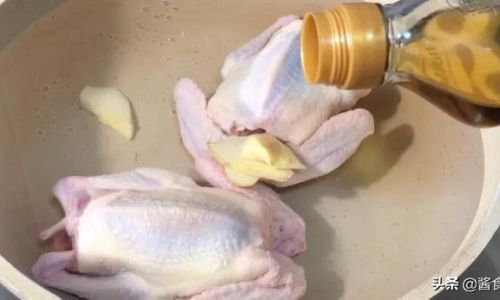
In the realm of culinary arts, soups occupy a unique and revered position, often serving as a bridge between tradition and innovation, simplicity and sophistication. Among the myriad of soup varieties, pigeon soup stands out for its rich history, exquisite taste, and profound nutritional benefits. This delicate dish, cherished across various cultures, is not merely a meal but an experience—a harmonious blend of flavors and textures that nourishes the body and soul. To truly unlock the potential of pigeon soup, one must understand the intricacies involved in its preparation, ensuring that every ingredient and step contributes to a dish that is both delicious and nutritious. This article delves into the art of crafting a nutritious pigeon soup, highlighting key techniques, ingredients, and considerations to achieve perfection.
Understanding the Nutritional Value of Pigeon
Before diving into the recipe, it’s crucial to appreciate the nutritional profile of pigeons. Pigeons are a lean source of high-quality protein, packed with essential amino acids that are vital for muscle repair, growth, and overall bodily functions. They are also rich in vitamins and minerals, including iron, zinc, selenium, and vitamins B6 and B12. These nutrients contribute to improved immune function, energy levels, and cardiovascular health. Furthermore, the collagen-rich bones and skin of pigeons add a layer of gelatin to the soup, which is beneficial for skin health, joint lubrication, and digestive wellness.
Selecting the Right Ingredients
-
Fresh Pigeon: The foundation of any good pigeon soup starts with fresh, high-quality pigeons. Look for birds that appear plump with firm, moist flesh and clean, unbroken skin. Avoid those that have a strong odor or appear slimy.
-
Bones and Feet: For a rich, gelatinous broth, include the pigeon bones and feet in your preparation. These parts are rich in collagen and minerals that will enhance the soup’s nutritional density and texture.
-
Aromatics: Traditional aromatics such as ginger, garlic, and onions add depth and complexity to the soup. They also possess anti-inflammatory and immune-boosting properties.
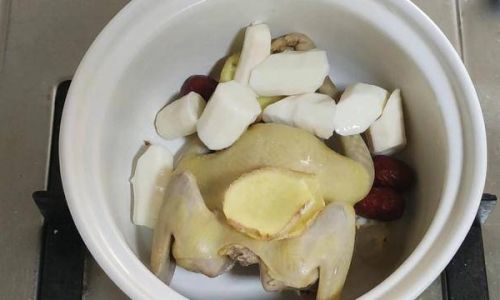
-
Vegetables: Root vegetables like carrots, celery, and parsnips not only add sweetness and earthiness to the broth but also provide essential vitamins, minerals, and fiber.
-
Herbs and Spices: Consider adding herbs like thyme, bay leaves, and parsley for their subtle flavors and additional health benefits. Spices like black pepper can stimulate digestion and enhance the absorption of nutrients.
-
Water and Stock: Use high-quality water as the base for your soup. If possible, opt for filtered or spring water to avoid impurities. You can also start with a homemade chicken or vegetable stock for added flavor and nutrients.
Preparing the Pigeon for Soup
-
Cleaning and Preparation: Begin by thoroughly rinsing the pigeons under cold running water. Remove any feathers, internal organs (except for the liver, which can be included for added flavor and nutrition), and excess fat. Pat the birds dry with paper towels.
-
Scoring and Marinating: To ensure even cooking and flavor penetration, lightly score the skin of the pigeons with a sharp knife. Optionally, marinate the birds with a mixture of salt, pepper, and a touch of soy sauce or miso for an hour to enhance their flavor.
Cooking Techniques for Maximum Nutrition
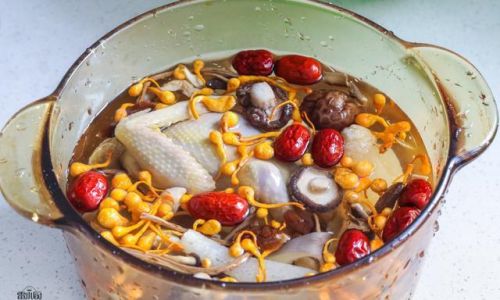
-
Simmering vs. Boiling: The key to a nutritious and flavorful pigeon soup lies in gentle simmering rather than boiling. Boiling can toughen the meat and break down essential nutrients, while simmering preserves the delicate textures and flavors, allowing the nutrients to gently leach into the broth.
-
Searing the Pigeon: Before adding the pigeons to the soup pot, sear them in a hot pan with a small amount of oil until the skin is golden brown. This not only adds a layer of flavor but also helps to lock in juices, ensuring a moist and tender final dish.
-
Building Layers of Flavor: Start by sautéing the aromatics in the same pan used to sear the pigeons. This creates a flavorful fond that will further enrich the soup. Add the vegetables next, allowing them to soften slightly before pouring in the water or stock. Nestle the seared pigeons and bones into the pot, ensuring they are fully submerged.
-
Skimming and Slow Cooking: As the soup comes to a simmer, skim off any foam or impurities that rise to the surface. Reduce the heat to maintain a gentle simmer and cook for at least 3-4 hours, preferably longer for maximum flavor extraction and nutrient release.
-
Seasoning and Finishing: Taste the broth periodically, adjusting the seasoning with salt and pepper as needed. Avoid over-seasoning initially, as the flavors will continue to develop as the soup cooks. In the final hour of cooking, add fresh herbs like parsley or cilantro for a burst of freshness.
Serving and Enjoying Your Nutritious Pigeon Soup
-
Straining and Serving: Once the soup has reached its desired consistency and flavor, remove the pigeons and bones from the pot. Allow them to cool slightly before shredding the meat. Strain the broth through a fine-mesh sieve to remove any solid particles, then return the shredded meat to the broth.
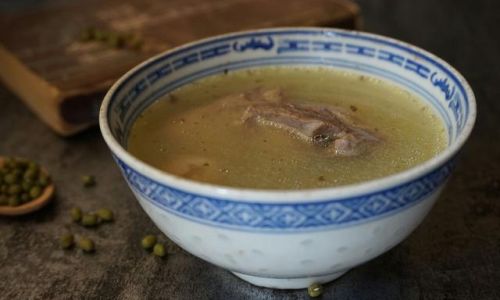
-
Garnishing: Enhance the presentation and flavor of your soup with garnishes such as chopped fresh herbs, a drizzle of olive oil, or a sprinkle of toasted sesame seeds.
-
Pairing: Serve your pigeon soup with a side of crusty bread for sopping up the broth or a simple green salad to balance the meal. It pairs wonderfully with a glass of dry white wine or a light red, enhancing the dining experience.
Conclusion
Crafting a nutritious and delicious pigeon soup is an art that combines precision, patience, and a deep understanding of ingredients and techniques. By following the guidelines outlined in this article, you can transform simple, humble ingredients into a dish that is not only a delight for the senses but also a powerhouse of nutrition. Remember, the beauty of soup lies in its versatility—feel free to experiment with additional ingredients, herbs, and spices to create your own unique twist on this timeless classic. Whether you’re seeking comfort, nourishment, or a culinary adventure, a well-made pigeon soup promises to deliver on all fronts. Enjoy your culinary journey and savor each spoonful of this rich, flavorful, and nutritious masterpiece.
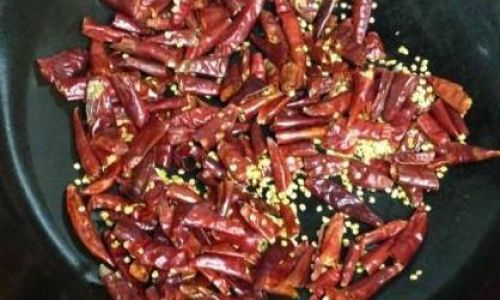
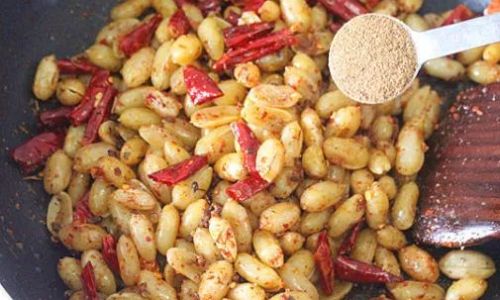

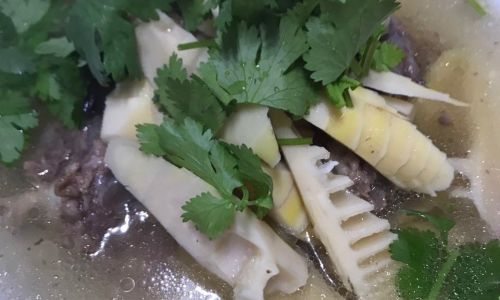

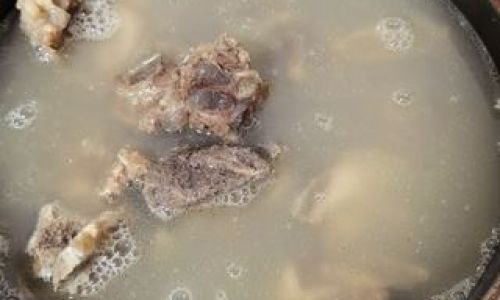
0 comments